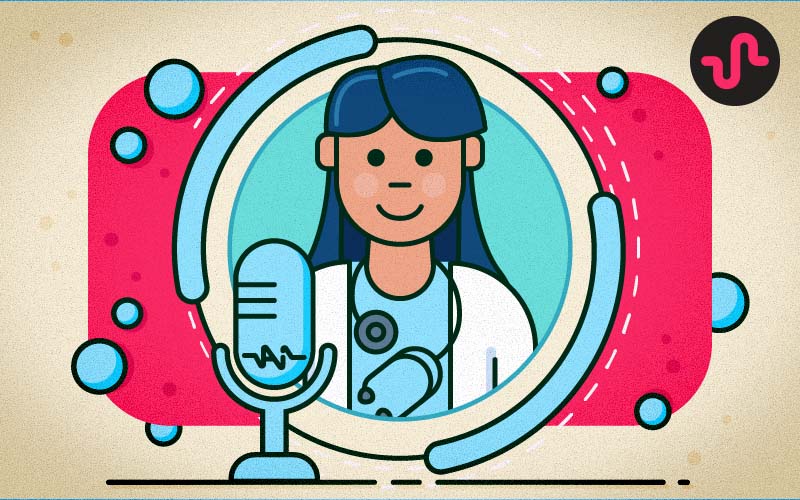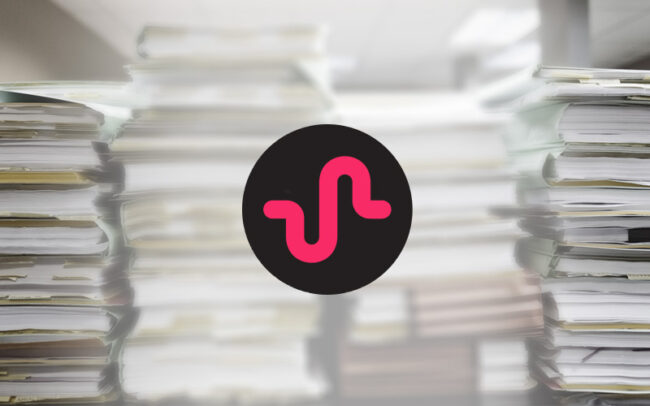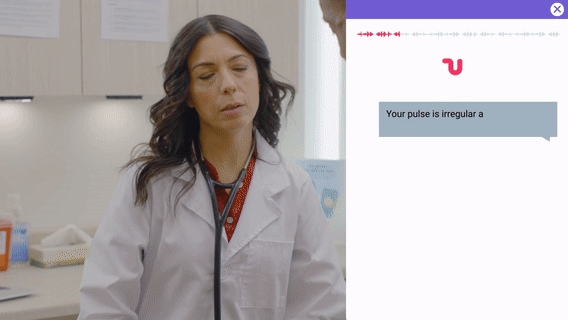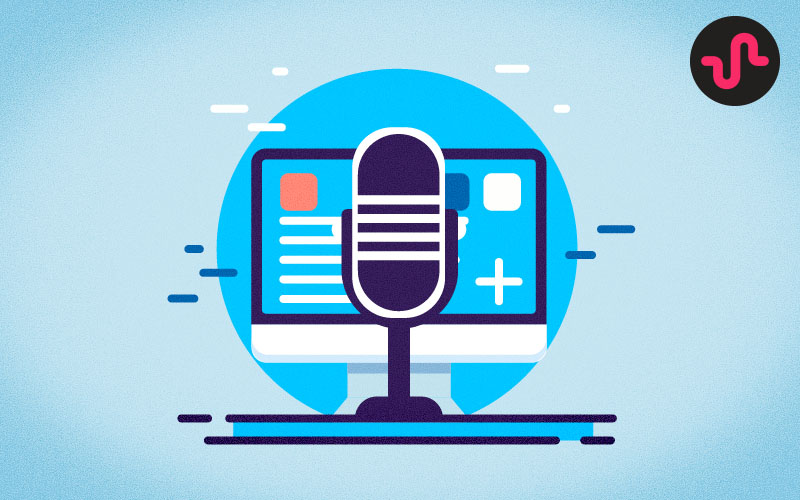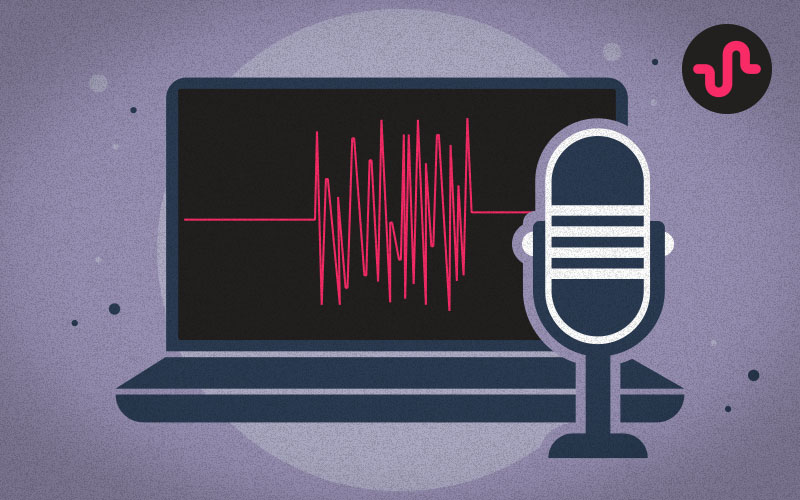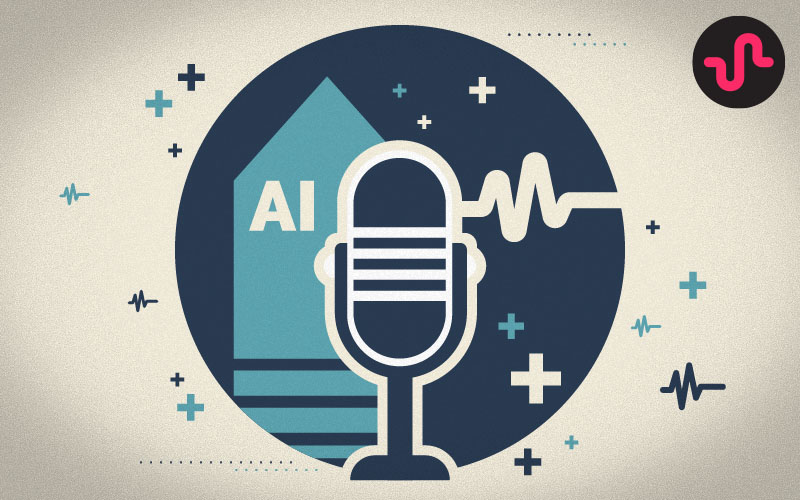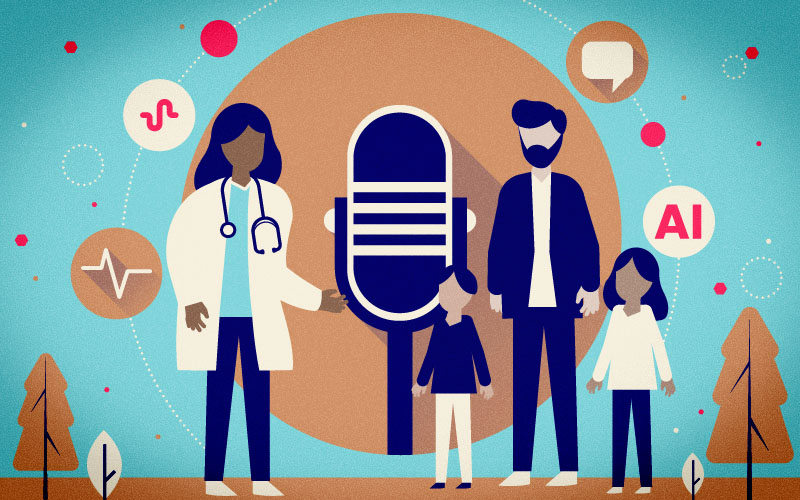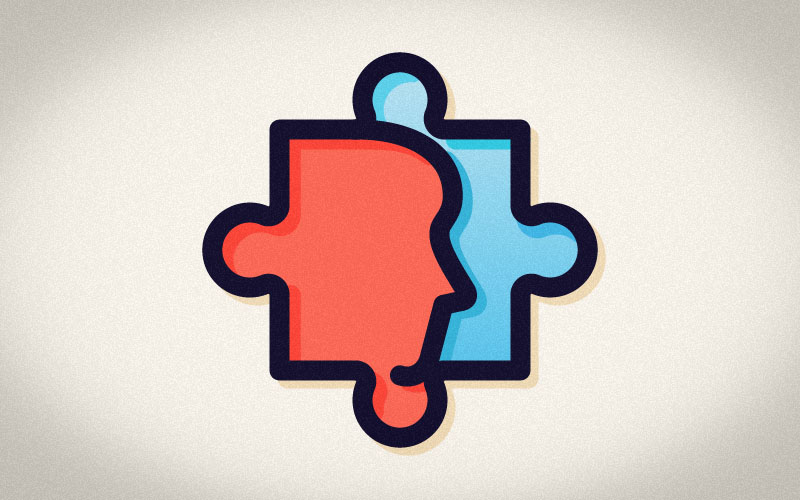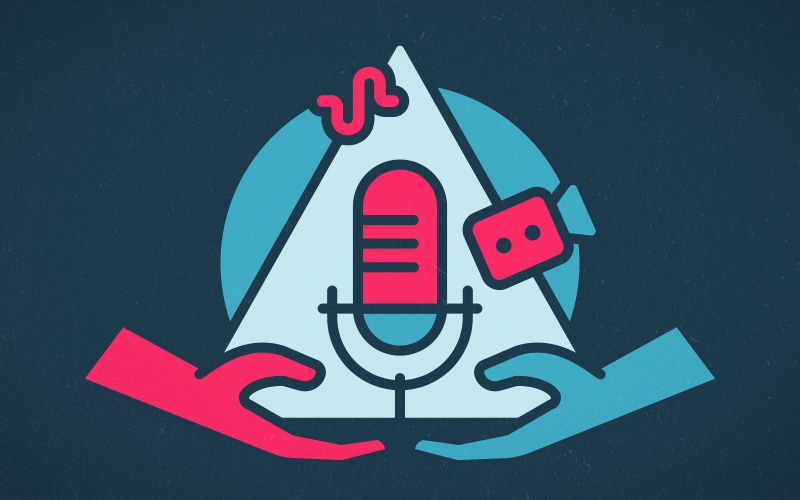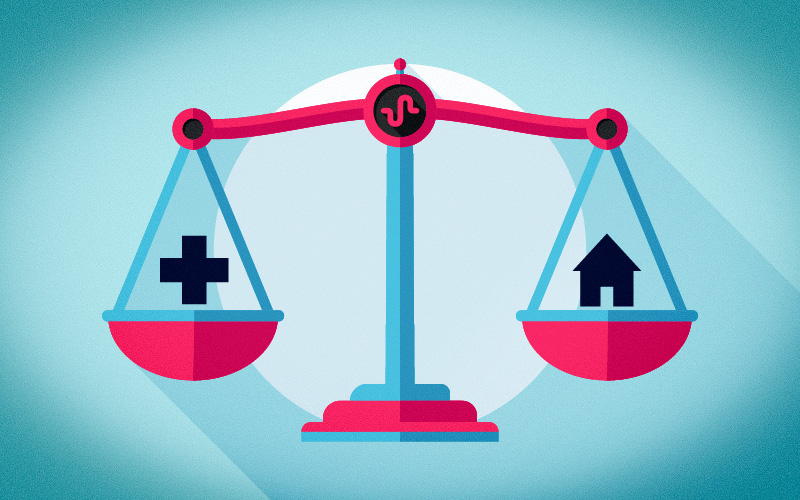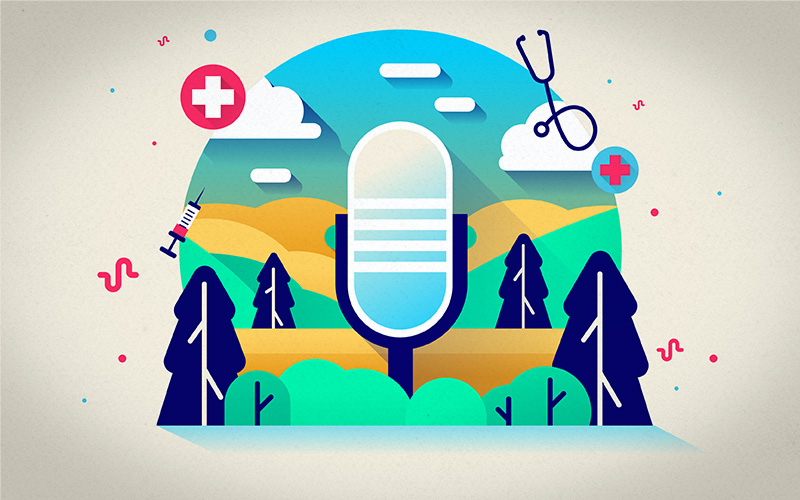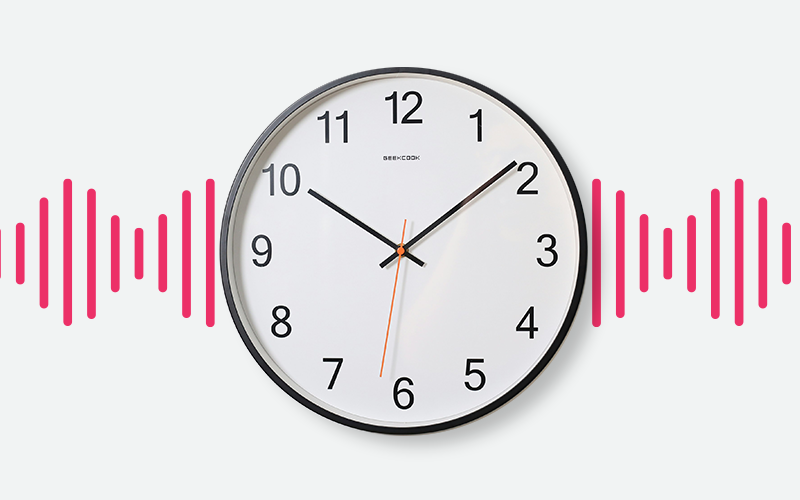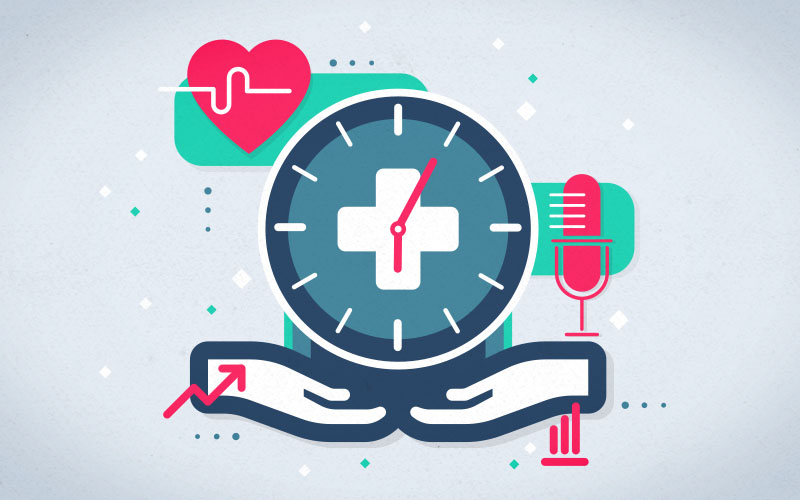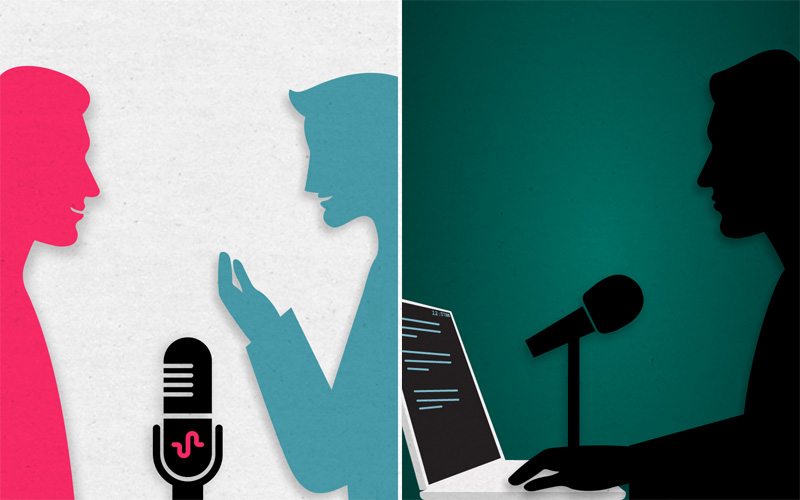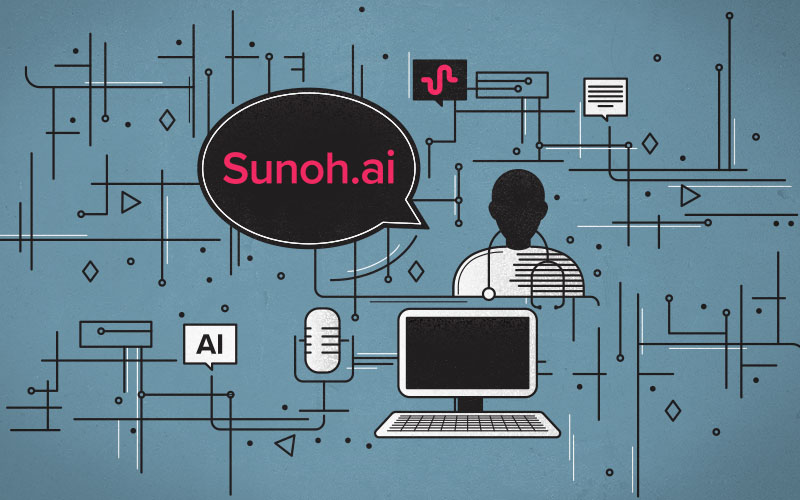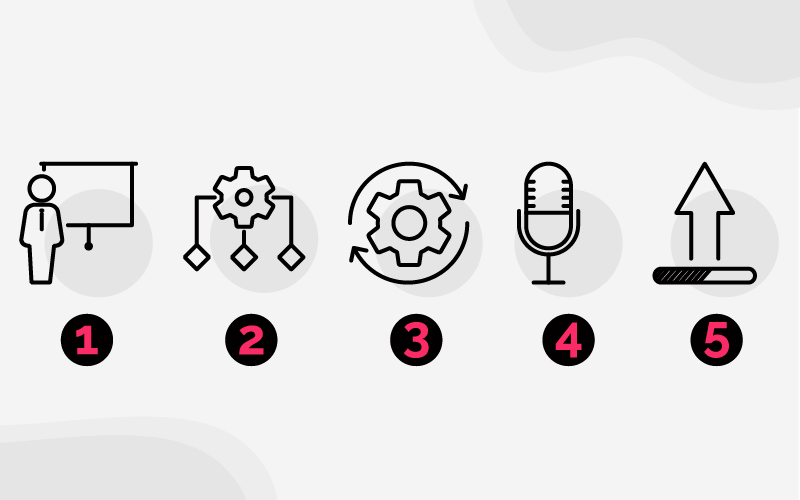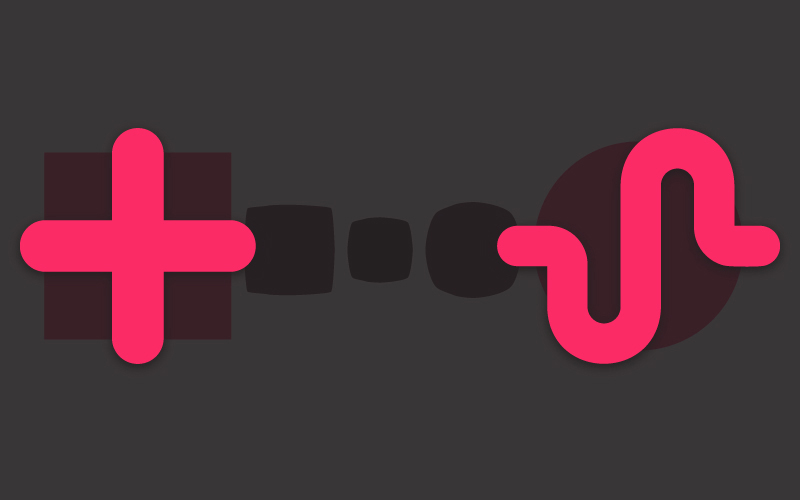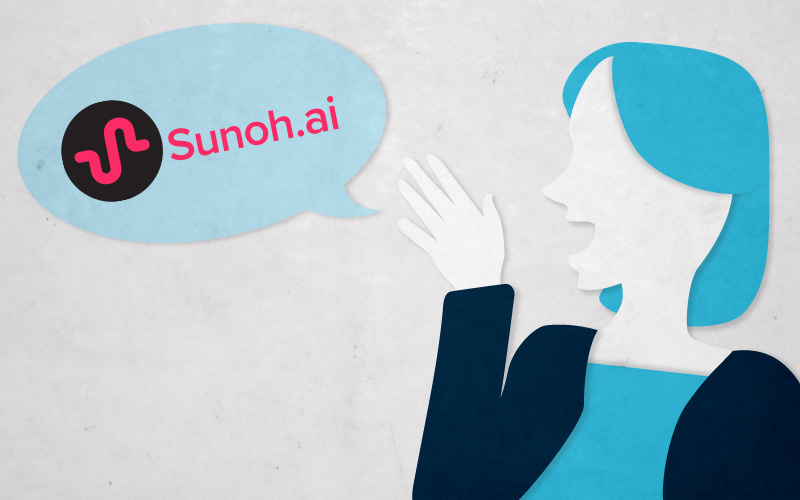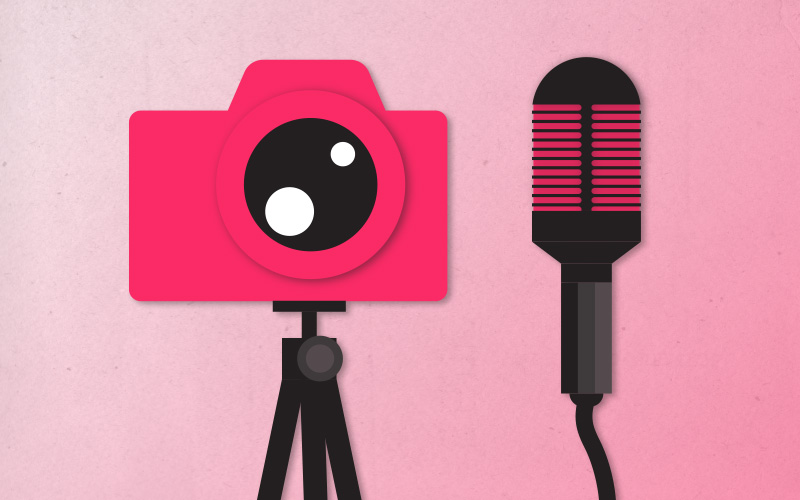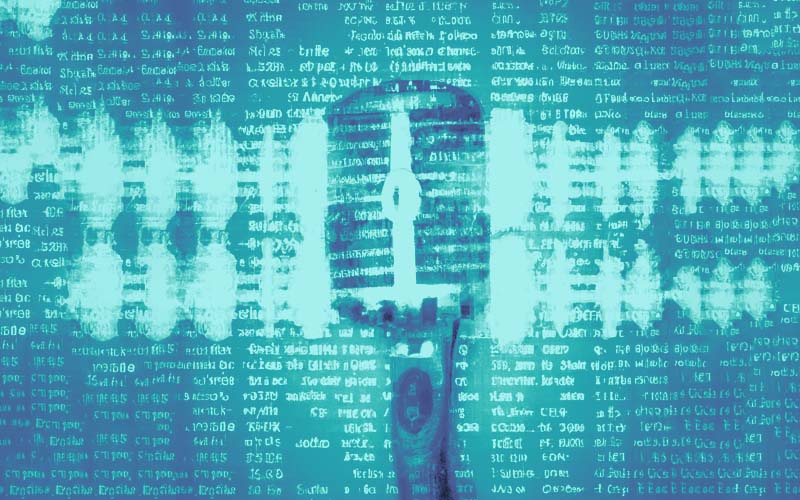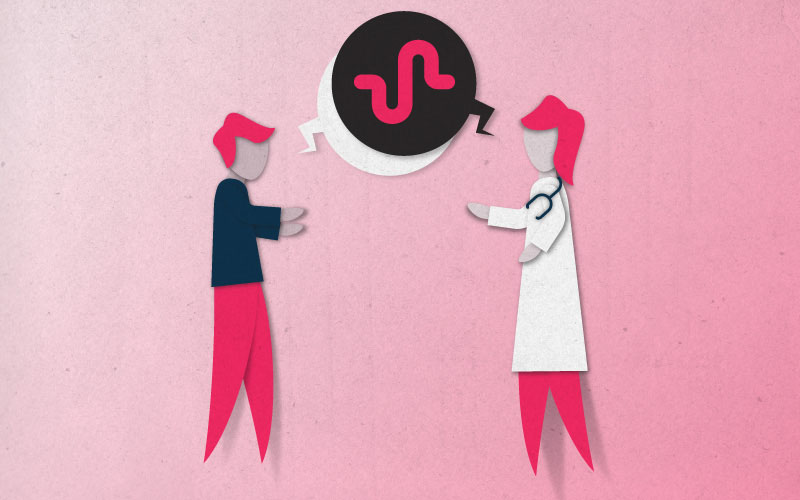Changing the Game with Sunoh.ai Ambient Listening Technology
AI-powered ambient listening technology has revolutionized the scribe role. Its cutting-edge technology allows providers to dictate information during or after a patient visit. It’s then transcribed and organized by the software to be reviewed by the provider. There has been an amazing evolution in the ability of these systems to understand and process natural language. The speech-to-text execution has significantly improved. These technologies are exceptionally efficient and user-friendly.
How It Works
- Ambient Voice Capture: The doctor and patient have a natural conversation. A microphone, computer, iPad, or mobile device ambiently captures the conversation.
- Voice-to-Text Conversion: The voice recognition software converts spoken words into written text. This technology understands various accents, speech nuances, and medical terminology.
- Data Organization: The software categorizes and organizes the information into appropriate sections such as history, examination findings, diagnoses, and treatment plans.
- Review and Edit: The doctor reviews the transcribed document and makes any necessary edits.
- Import into EHR: The final step involves integrating or copying the documentation into the EHR, ensuring that all information is up-to-date and easily accessible.
Benefits of Using a Medical AI Scribe
- Time Efficiency: Providers can save loads of time on documentation, allowing for more time interacting with their patients.
- Consistency: Advanced algorithms significantly reduce the chance of human error.
- Cost-Effective: Medical AI scribes eliminate the need for physical presence, reducing overhead costs.
- Flexibility: Physicians can document patient encounters at their convenience, even outside clinical settings.
As the healthcare industry forges ahead on its path of digital transformation, AI-driven ambient listening technology in medical documentation is set to redefine the norms of patient care and medical record-keeping. This technological advancement is key to shaping a more efficient and patient-focused future in healthcare.
Interested in learning more about how Sunoh.ai works? Learn more today!
